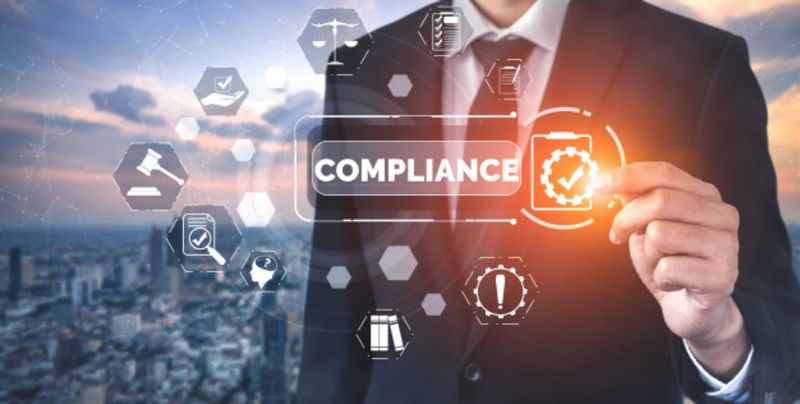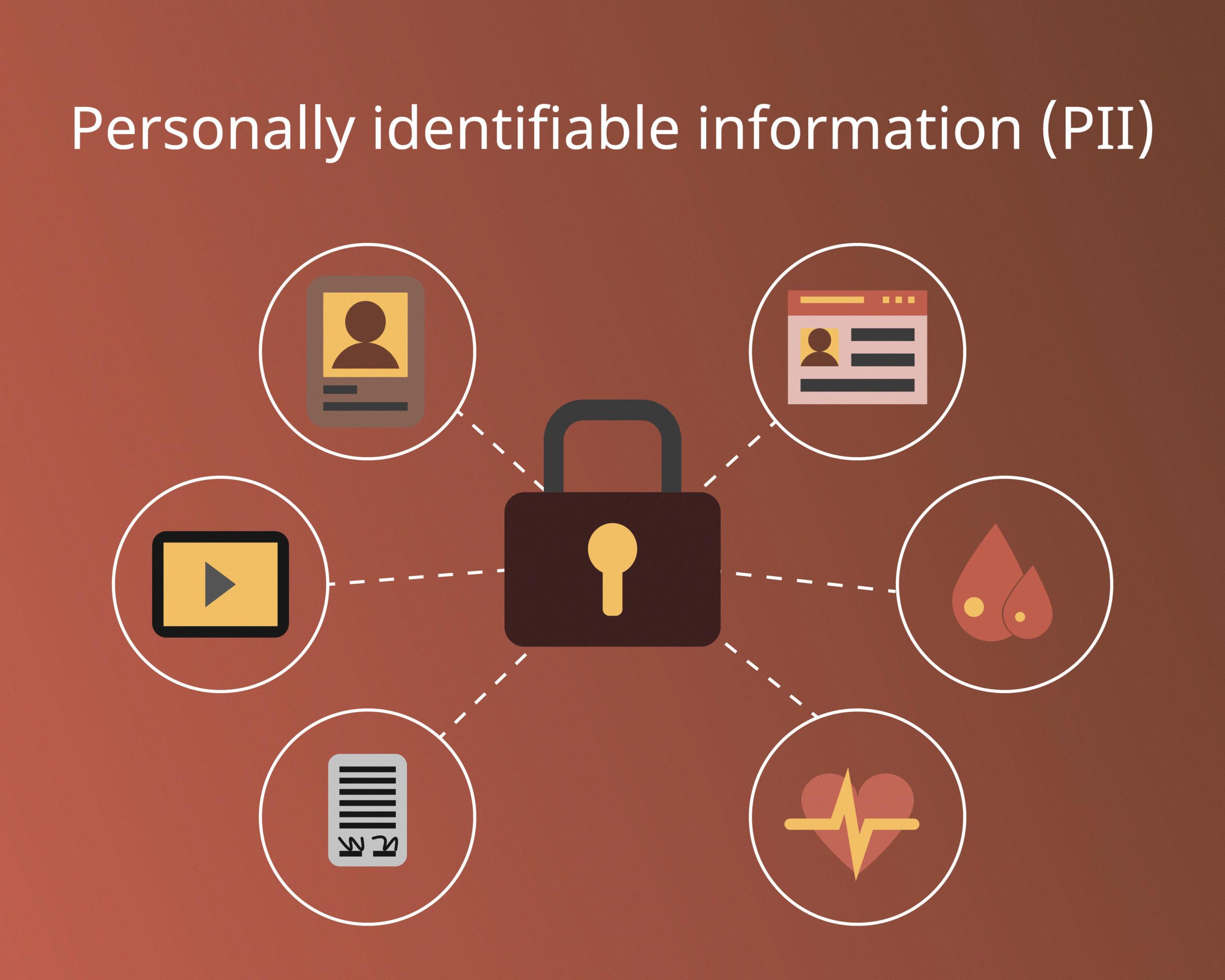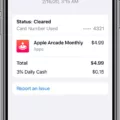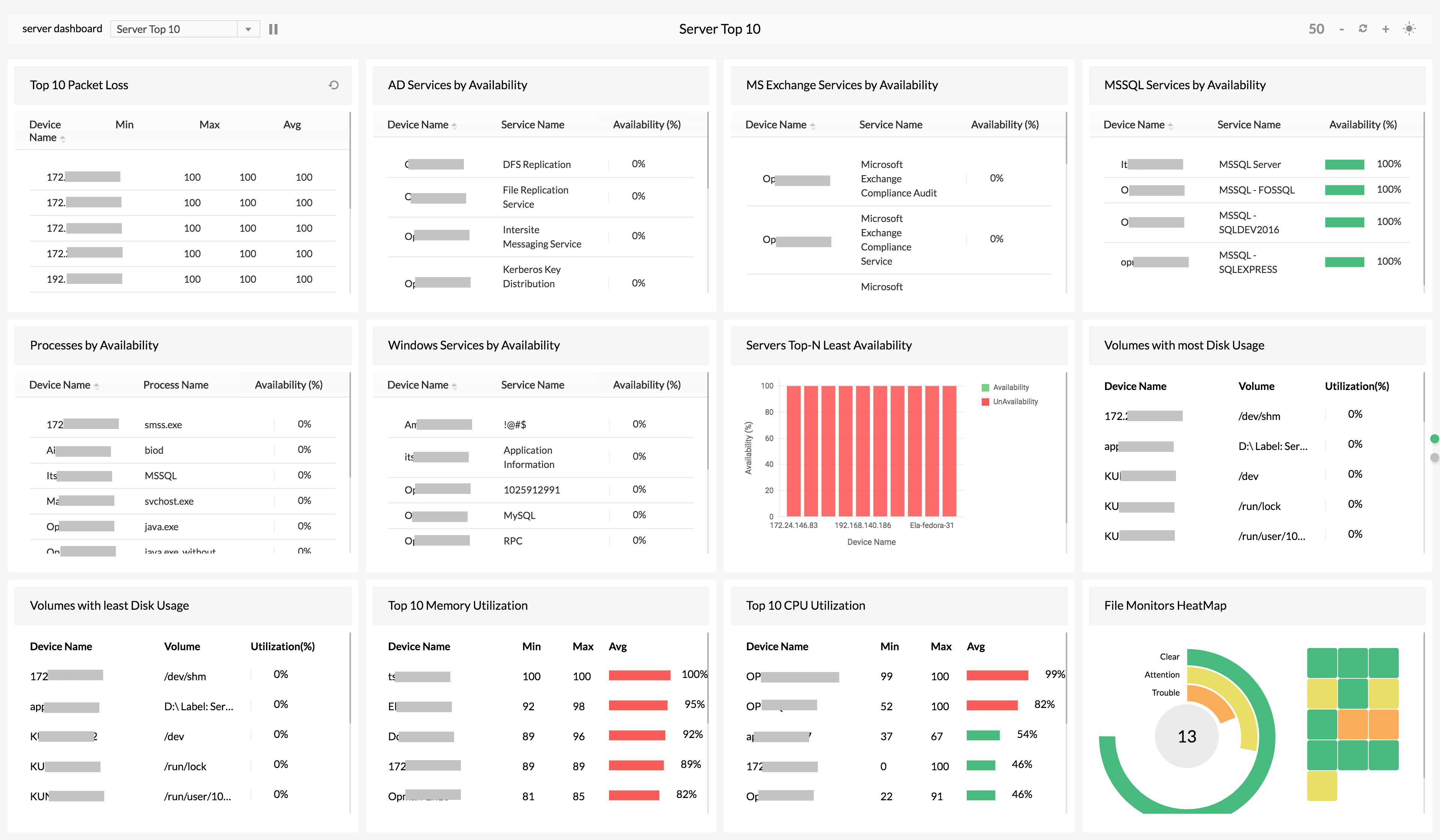Are you looking to become compliant with PII regulations? PII, or personally identifiable information, refers to any data that can be used to uniquely identify an individual. This includes names, addresses, phone numbers, email addresses, social security numbers, bank account information, and more. With the rise of digital technologies and the increased reliance on online systems for business operations and customer interactions, it’s more important than ever for organizations to ensure that they are compliant with PII regulations.
At a high level, compliance with PII regulations requires organizations to secure the personal data of individuals and protect it from unauthorized access or misuse. To do this effectively requires understanding the various laws and regulations that are applicable in your jurisdiction and taking appropriate measures to meet them.
In the US there is no single federal law that governs the protection of PII; instead, there is a complex patchwork system of federal and state laws, sector-specific regulations, and self-regulatory programs developed by industry groups. The most comprehensive regulation is the General Data Protection Regulation (GDPR), which applies in the European Union (EU). The GDPR sets out specific requirements for how organizations must handle personal data belonging to EU citizens and provide hefty fines for non-compliance. Organizations outside of the EU must also consider how they deal with personal data belonging to EU citizens if they interact with them digitally.
Organizations should also consider other relevant laws such as HIPAA (Health Insurance Portability and Accountability Act), which regulates how health information is handled in the US; GLBA (Gramm–Leach–Bliley Act) which regulates how financial institutions must protect customer information; COPPA (Children’s Online Privacy Protection Act) which prohibits certain types of collection of children’s information; FERPA (Family Educational Rights & Privacy Act) which outlines guidelines for student privacy rights; as well as sector-specific laws like PCI DSS (Payment Card Industry Data Security Standard).
In addition to understanding applicable laws and regulations, it is important for organizations to develop effective policies governing how personal data is collected, stored, used, and shared by employees. These policies should be reviewed regularly to ensure they remain up-to-date with changing technology needs. Organizations should also have processes in place for monitoring employee use of systems containing personal data as well as mechanisms for handling reported violations or unauthorized access attempts.
Compliance with PII regulations can be a daunting task but it doesn’t have to be overly complicated or expensive when done properly. By developing an understanding of applicable laws and implementing effective policies companies can ensure they are doing their due diligence in protecting individuals’ private data while continuing to provide quality services without disruption.

PII Requirements
The PII (Personally Identifiable Information) requirements are a set of guidelines that must be followed to ensure the secure handling of data that can identify an individual. This includes but is not limited to the full name (if not common), face, home address, email, ID number, passport number, vehicle plate number, driver’s license, fingerprints or handwriting, credit card number, digital signature, biometric records, and any other unique identifiers. Data controllers must ensure that all PII is safely stored and handled according to applicable national laws and regulations. Additionally, they must have appropriate security measures in place to protect the confidentiality and integrity of this data. This includes limiting access to only those who need it for legitimate purposes and ensuring that all employees are aware of the risks associated with improper handling of PII. Finally, organizations must implement procedures for regularly monitoring their systems for signs of unauthorized access or misuse.

Source: vera.com
Understanding PII and PCI Compliance
PII (Personally Identifiable Information) compliance is an information security measure that organizations must adhere to in order to protect the privacy of individuals. This includes any data that can be used to identify a person such as a name, address, date of birth, Social Security number, and driver’s license number. Organizations must ensure the secure storage and transmission of this information, as well as use apprpriate measures to prevent unauthorized access.
PCI (Payment Card Industry) compliance is an information security measure that organizations must follow in order to securely process payments made with credit cards or debit cards. This includes encrypting cardholder data to protect it from theft or fraud and adhering to specific security standards set by the Payment Card Industry Data Security Standard (PCI DSS). Organizations must also establish secure payment processing methods and validate their compliance with PCI standards on an annual basis.
Examples of Personally Identifiable Information (PII)
Personal Identifiable Information (PII) is information that can be used to uniquely identify an individual, such as a name, address, social security number, email address, phone number, or another type of identifying code. It is important to protect PII because it can be used by criminals and other malicious actors to commit crimes such as identity theft or fraud.
For example, an individual’s name and address are considered PII. A criminal could use this information to find out where the person lives and potentially gain access to their home. Similarly, a social security number could be used for identity theft or other types of fraud. Furthermore, an email address is considered PII because it can be used in phishing attacks or other methods of gathering sensitive information from unsuspecting victims.
In order to protect PII from falling into the wrong hands, organizations should implement strong data security measures and encryption protocols. Additionally, individuals should be aware of how they share their personal information online and take steps to protect themselves from identity theft and other forms of cybercrime.
Types of Personally Identifiable Information
The two types of Personally Identifiable Information (PII) are linked and linkable information. Linked PII refers to data that is directly associated with an individual and can be used to identify that individual, such as a name, Social Security number, or driver’s license number. Linkable PII is slightly different in that it is not necessarily directly associated with an individual, but can still be used to identify someone if it is combined with other data. Examples of linkable PII include the date of birth, address, phone number, medical history, and biometric data. It is important to note that all forms of PII should be treated with the utmost care and security measures should be taken to ensure its safekeeping.
Conclusion
In conclusion, PII is a complex and often confusing area of information governance. To ensure compliance with the various federal and state regulations, sector-specific requirements, common law principles, and industry self-regulatory programs, organizations must carefully assess their data collection practices and develop a comprehensive privacy policy. Additionally, organizations should strive to stay up-to-date on any changes in legislation by regularly reviewing their policies and procedures for handling PII. By following these best practices, organizations can be sure that they are doing their part to protect the privacy of individuals.








